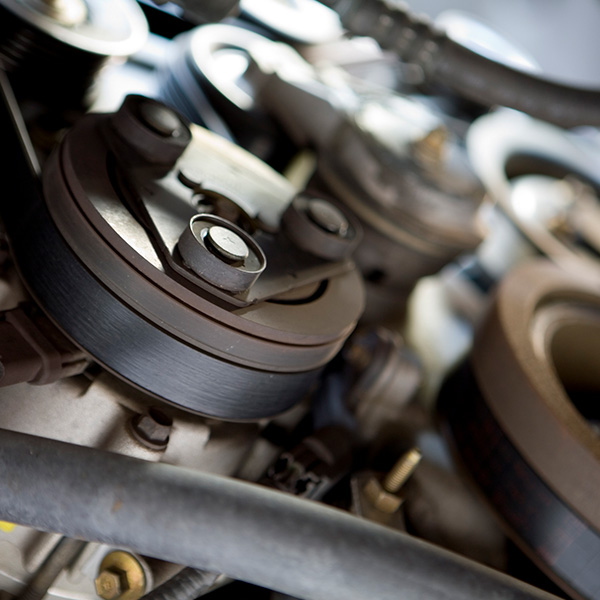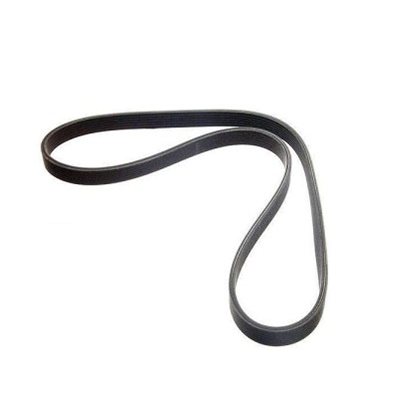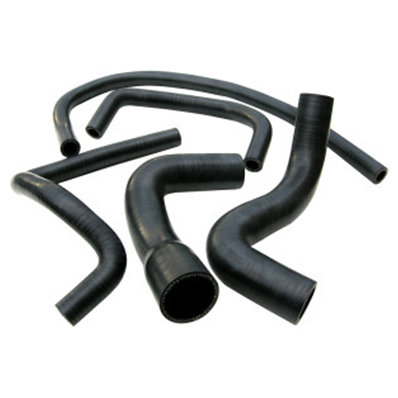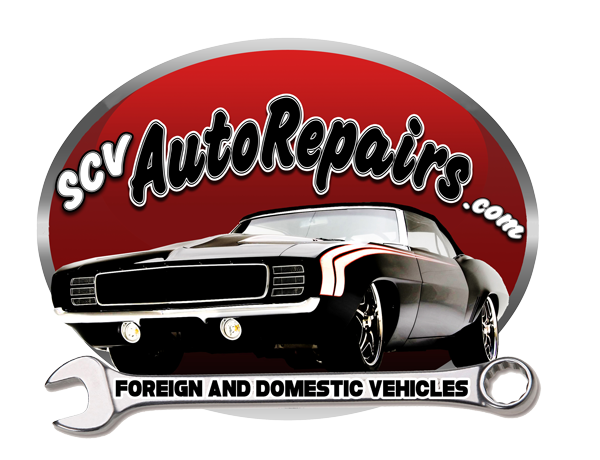Belts and Hoses
Belts and Hoses Maintenance
A series of belts and pulleys drive engine accessories such as the alternator, water pump, fan, power steering pump, air conditioning compressor, and air injection pump. The timing belt maintains the precise synchronization required to keep the engine’s valves and pistons moving in sync.
Hoses and steel lines transfer coolant, brake fluid, and fuel throughout the vehicle. Over time, these parts may crack, rust or leak. So, protect yourself by following the factory maintenance schedule.

We Follow the Factory Maintenance Schedule
At Midas, we follow the manufacturers’ service guidelines for maintenance services, including belt and hose replacement. Our shops have access to factory maintenance schedules for most makes and models on the road. So, when you visit, ask us to provide your car’s schedule and print it out for your review.

The timing belt is a toothed, reinforced belt used to drive the camshaft via a sprocket to a crankshaft. It ensures the synchronization of the engine’s camshaft, crankshaft, and distributor.
Signs of wear: Worn teeth, fraying, engine backfires, or stops.

These belts transfer power from the crankshaft to all of the engine accessories. When this single belt breaks, it can cause damage to the engine through overheating, loss of the charging system, or loss of power steering.
Signs of wear: Cracking, splitting, slipping, and squealing

These are hoses that transfer antifreeze throughout the engine cooling system, including the radiator and the heater core.
Signs of wear: Cracking, splitting, and brittle or soft spots
